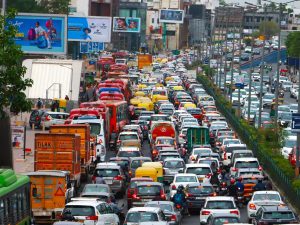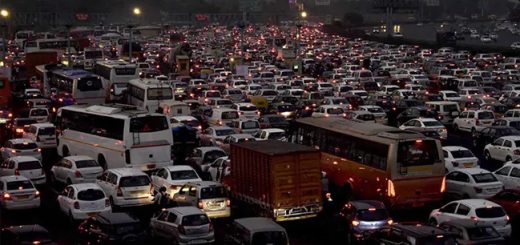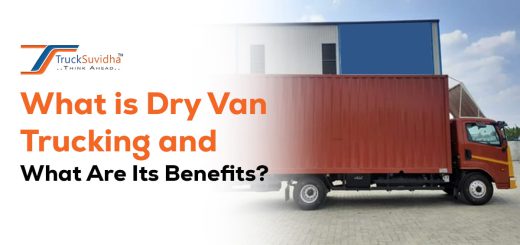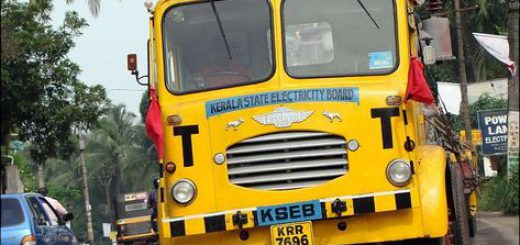Govt will come out with policies to get public transport in most Indian cities: Advisor to PM
“While the government now will come out with policies to get public transport to most of the Indian cities, we will also ensure that this happens with electricity and not with diesel. Therefore, on public transport also you can look forward to a very large support from the government coming in.”
The government will come out with policies to introduce public transport in most Indian cities, and the electric vehicle industry can expect “very large” support in this segment, Advisor to Prime Minister Tarun Kapoor said on Tuesday. In an analysis, it was realised that public transport is missing in most of the Indian cities.
“So, while the government now will come out with policies to get public transport to most of the Indian cities, we will also ensure that this happens with electricity and not with diesel. Therefore, on public transport also you can look forward to a very large support from the government coming in.
“So that not only we will see the transition from diesel buses, but we will also see more and more of public transport, which is missing, and electric coming in,” he said.
Kapoor was speaking at a function on electric mobility in Delhi.
He also called upon the EV industry to focus on innovation to cut the prices of vehicles and reduce battery size.
Penetration of EVs is happening at a faster pace in some Scandinavian and European countries, and now India is the country which really needs to move in this direction mainly because of its energy security concerns, he said.
India imports over 85 per cent of its crude requirement and also imports over 50 per cent of natural gas.
Considering the fact that a large number of the most polluted cities of the world are located in India, the country has no choice but to adopt more and more EVS, he noted.
“We really want to focus on driving this sector so that not only do we have electric cars, buses and two-wheelers on the road, but we also come up as a manufacturing hub for the world,” he said, adding there has been good traction on EV buses and public transport, but there is a need to increase the pace.
He also pointed out that large players are there in the auto and auto components sector in India, so the only thing is the transition, which should be easy.
“We are very clear that (in the) two-wheelers…transition may be close to 100 per cent in the next 5-7 years and there is no reason why we can’t do it,” Kapoor said, adding shifting in the two-wheelers segment would help in reducing petrol consumption.
The price has to come down to a certain level as India is a very big market and the direct government subsidy can’t take the sector beyond a certain point, he said.
The industry can suggest steps in the areas of taxation or policy reforms.
We really need to concentrate” also on the trucks segment and in the four-wheeler segment, I think the market will take off with some support from the government…there is a lot of interest from the consumers…We need more options in the market and price has to come down slightly,” Kapoor added.
He suggested that the industry increase investments in the complete value chain of battery manufacturing.
Speaking at the event, Heavy Industries Secretary Kamran Rizvi said the Indian automobile industry’s size is Rs 10 lakh crore and the country is number one in the two and three-wheeler segment and fourth in cars.
He said that all this is coming from internal combustion engines, but that is going to change in the coming years and the industry can become the top in the EV sector.
Rizvi also urged the industry to play a role in the vision of making India a developed nation by 2047.
He said that the industry can work on areas like making batteries light in weight.

The government can play a role of catalyst,” he said, adding “The FAME scheme has been a matter of much debate and a lot of discussion…unfortunately, it is coming to an end in some time. The question is whether FAME has driven EV or EV was to happen inevitably”.
Talking about drivers that would help the adoption of EVs, Rizvi said climate change would push people to go for the transition.
“Whether there is a policy or not, citizens will demand it (EV). So, that is a big opportunity that we have,” he said, adding that buying an EV would help in making the world a better place to live.
The total cost of ownership of an EV will give saving for whole life and the industry should hammer on this point while selling these vehicles.
“To make sure that the EV wave does not die out before it becomes a big wave, the government is there to support all of you. FAME is there, PLI (production linked incentive) scheme is there and the government is open to any new ideas,” he said.
The government last month reduced the subsidy provided under the FAME-II (Faster Adoption of Manufacturing of Electric Vehicles in India) scheme applicable to electric two-wheelers registered on or after June 1, 2023.
The Heavy Industries Ministry notified the changes. For electric two-wheelers, the demand incentive will be Rs 10,000 per kWh. The cap on incentives for electric two-wheelers will be 15 per cent of the ex-factory price of vehicles from 40 per cent at present.
The FAME India scheme commenced on April 1, 2019, for a period of three years, which was further extended for a period of two years up to March 31, 2024.
Sulajja Firodia Motwani, Chair, Ficci Electric Vehicle Committee, suggested a FAME – III scheme for five years with reduced incentives per year.
She said that the sudden withdrawal of incentives would lead to a sudden increase in prices of EVs and the momentum built may be lost.
She also asked for the revision of the auto PLI scheme as it has “extremely high” qualifying criteria, besides cutting the GST rate to 5 per cent on batteries from 18 per cent at present.




Recent Comments